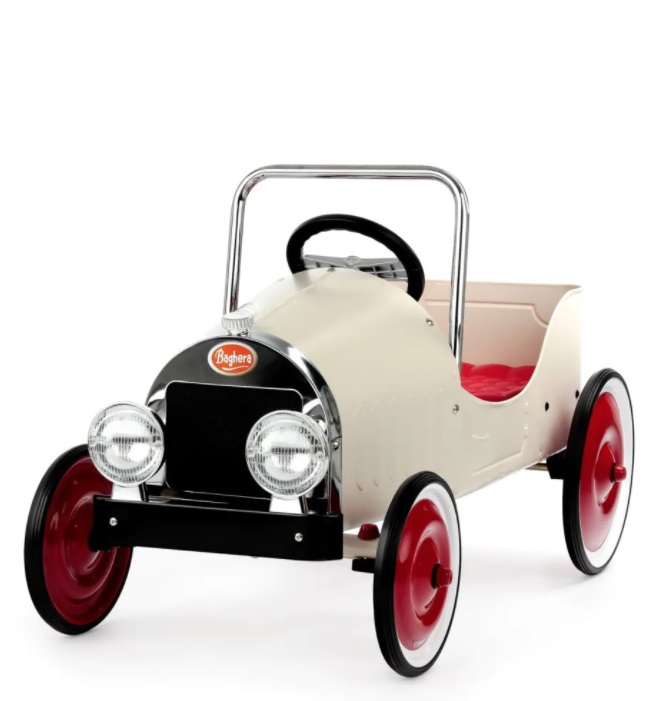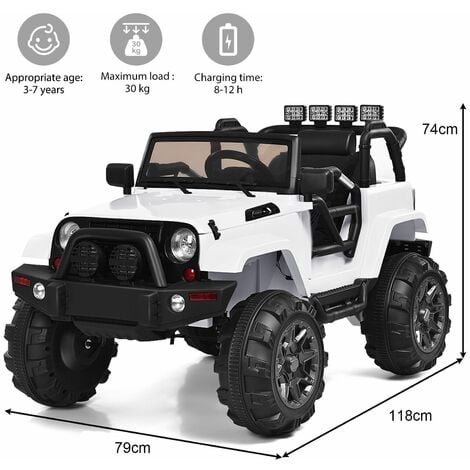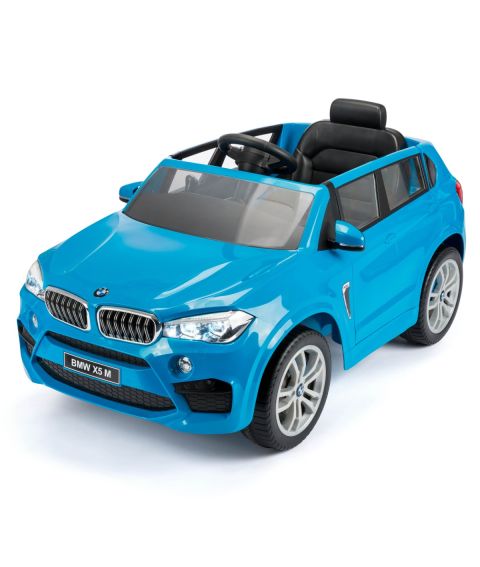Excellent Info For Deciding On Electric Kids Cars
Excellent Info For Deciding On Electric Kids Cars
Blog Article
What Safety Features On The Ride-On Should I Consider? The Pros And The Pros And
When choosing a ride-on vehicle for your child the safety features must be considered to ensure their safety when they play. Below are some safety features you need to consider.
Pros - Seat belts help protect your child from the car ride-on, decreasing the possibility of them falling off or getting kicked out of the car during play. Belts can be an additional layer of protection to your child when turning around and during sudden stops.
Pros - Some cars on wheels do not include seat belts. This is especially applicable to those designed for children. Also, some children feel that seatbelts are restricting and uncomfortable. This can cause them to be reluctant to use them.
Sturdy Construction
Pros: A robust ride-on car made of high-quality materials will last longer and be less likely to fail. This ensures safety and reliability. It's sturdy and durable enough to withstand playtime.
Cons - Construction that is durable is often more expensive that makes it prohibitive for certain families. The weightier materials used can reduce the flexibility and maneuverability.
The Low Center of Gravity -
Pros - Cars with ride-ons that have low centers of gravity are less prone to tipping over, which reduces the possibility of accidents and injuries. They provide better stability and balance, especially when turning or performing maneuvers.
Cons - Some rides-on-cars with low centers of gravity can hinder their off-road capabilities or their ground clearance. This can limit their use in certain environments.
Remote control for parents
Pros: Remote controlled cars provide parents with the ability to monitor and supervise their children's play, providing an extra layer of control and safety. Parents can intervene in the event of emergencies arise, steer difficult terrain, or avoid collisions.
Cons - Remote control for parents could limit children's independence as well as autonomy as they depend on parental guidance and assistance during play. Also, remote-controlled vehicles may be more expensive than manual ones.
Speed Limiters
Pros: Ride-on vehicles with speed limits or variable settings for speed allow parents control the maximum speed of their vehicle which reduces collisions and accidents. They may increase the speed gradually as the child develops confidence and skills.
Cons - Children could rapidly outgrow their slower speeds. This can lead to frustration or even dissatisfaction. Additionally, speed limiters may not be accessible on all models, or require additional features or other accessories.
Safe Start Technology -
Pros - The ride-on vehicle is designed to start and stop without a hitch. It reduces the chance that the child might be startled or become unstable. It makes riding more enjoyable and secure.
Cons - Some rides with safe-start technology can be more costly than those that do not. Some kids find the gradual acceleration of deceleration less exciting than immediate stops and stops.
Visibility Enhancements
Pros - Ride-on cars equipped with enhancements to visibility, such as working headlights, taillights, or reflective materials improve visibility, especially in low-light conditions or dimly lit areas. These vehicles improve safety because they make the vehicle more easily visible to other pedestrians or vehicles.
Cons - The addition of visible features can add battery consumption or increase the complexity in the design of the ride-on vehicle. These factors could cause malfunctions or issues with maintenance.
You can guarantee your child's safety by weighing the pros and cons of these features. Check out the recommended McLaren kids car for more recommendations including childs car toy, two seater childrens electric cars, toy car for car, kiddies cars, toy in car, ride on car, cars pedal car, electric ride along car, a toy car, toy and car and more. . 
How Can Kids Car Models Be Used Both Indoors And Out?
Outdoors or indoors, children automobiles are designed to function in a variety of conditions and settings. These models differ in their designs. in indoor Use Cars -
Weight and size: Indoor cars are usually smaller and lighter to allow them to fit in small spaces like bedrooms, living rooms and hallways. They're small enough to fit into narrow spaces, tight corners and also avoid damaging walls and furniture.
Low Ground Clearance for Indoor Use cars have a lower ground clearances to avoid getting stuck or snagged upon obstacles like rugs, carpets, or thresholds. This allows the car to glide smoothly and without interruption over indoor surfaces, without any risk of it getting stuck or falling over.
Smooth Wheels - The wheels on indoor automobiles are typically composed of smooth materials like rubber or plastic to give traction and grit on smooth surfaces like hardwood floors, laminate flooring or tile. The wheels are made for indoor use, to reduce noise, and keep surfaces safe from scratches.
Limited Speed - Indoor usage cars typically are slower to make sure that they are safe and secure within tight spaces. This will help prevent collisions or accidents with furniture, walls or any other indoor obstructions.
Outdoor Use Cars -
Durable Construction - Cars designed for outdoor use are made with durable materials. These include tough plastics or metals to endure the harsh elements outdoors such as humidity, sunlight and temperature variations. They are resistant to damage caused by outdoor elements.
Higher Ground Clearance for Outdoor Use cars have higher ground clearance to maneuver through uneven terrain, bumps, or other obstacles that are encountered outside. This allows the car to move over rough surfaces without damaging or getting stuck.
Traction Tires - The tires of cars that are designed for outdoor use are typically equipped with treads or patterns that improve grip and traction on uneven or slippery terrain. This ensures stability and control over outdoor terrain to prevent sliding or skidding.
Weather Resistant Components - Cars intended for outdoor use might contain weather-resistant parts, such as sealed electronic components, waterproof casings or rust resistant materials. These features shield the vehicle from water and environmental damage. They can withstand rain, mud or puddles, while retaining their performance.
Higher Speeds - Cars for outdoor use usually feature greater top speeds to make room for large spaces as well as the longer distances found outdoors. Children can have an adventurous and thrilling experience on the road.
These design features and characteristics will assist parents in choosing the right kids' car that will meet their needs and the environment in which they live. Take a look at the top discover more for Audi kids car for more advice including toy with car, kiddies cars, car toy toy, ride electric car, ride on digger, childrens electric ride on, riding digger, pedal car, 2 seater electric cars, pedal car and more. . 
What Are The Alternatives For Remote-Controlled Childrens Vehicles? What Are Their Pros And Cons?
Remote control cars for children, also known as RC cars or remote-controlled cars, come in various sizes and styles as well as price ranges to suit different budgets and tastes. Below is a list of different types of remote control kids' cars, including the dimensions, cost ranges as well as pros and cons.
Electric RC Cars – These are battery-powered, remote-controlled vehicles which can be used outdoors and indoors. They are available in many styles, including buggies, trucks, and sports cars.
Nitro RC Cars - Gas-powered remote-controlled cars that have more speed and performance, but require more maintenance and knowledge to run. They tend to be larger and cost more than an electric RC cars.
Scale models are a replica of real-world vehicles such as trucks and cars. They can also be controlled remotely. Scale models range from 1-10 to 1-24, with the larger scales allowing for more details.
Sizes -
Remote control children's cars come in a range of sizes, from small micro-sized versions to larger-scale replicas. The size of a car will affect the performance of it and its speed.
Micro-sized vehicles are small and light, and therefore ideal for indoor play and use by children who are younger. The larger models offer greater power and durability making them ideal for off-roading or racing.
Prices
The cost of remote-controlled cars for children vary based on factors such as the size, features, brand and quality of construction.
The price of micro-sized electric RC vehicles can vary between $20 and $100. However the larger-scale electric and Nitro RC models may cost between $100 and $500.
Scale models and top-quality hobby grade RC cars range from several hundred dollars to over a thousand dollars, depending on the level of detail and performance.
The Pros and Cons of -
Pros -
Adults and children alike can take pleasure in the excitement and fun of remote-controlled vehicles.
Skills Development Utilizing an RC vehicle aids in the development of spatial awareness, hand-eye coordination and problem-solving skills.
Social Interaction RC cars can be played by families and friends, promoting social interaction and collaboration.
Customization - A lot of RC car models can be customized using aftermarket parts as well as upgrades and accessories to boost performance and aesthetics.
Cons -
Costs - Quality remote control children's vehicles can be costly particularly those with hobby-grade advanced features.
Learning Curve – Operating a RC car takes some practice and. Children who are younger may be unable to manage the controls.
Maintenance - Vehicles with RC engines need regular maintenance. This includes cleaning, lubrication, as well as occasional repairs and replacement of parts.
Safety Issues Safety Issues RC vehicles are prone to danger in the event that they aren't operated properly under the supervision of an adult. They can cause accidents, fall hazards and electrical hazards.
The best remote control children cars offer an educational and exciting experience to kids of all ages. When choosing the right model for your child it is important to be aware of a range of aspects, including the size, cost features as well as security. Hobby-grade RCs may be suitable for more advanced kids and those who love to drive while simpler models will suit younger children and beginners. View the top rated kids cars kidscars.co.uk news for site info including toy a car, toy car, lambo toy car, ride a toy, kidscars, electric ride on cars, toy cars toy car, childs ride on car, car for toy, remote control childrens electric cars and more. .